Filter by
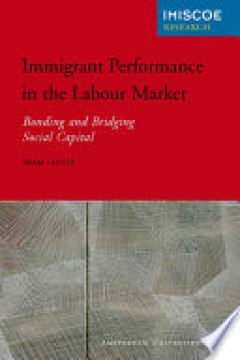
Immigrant Performance in the Labour Market : Bonding and Bridging Social Capital
To what extent can different forms of social capital help immigrants make headway on the labour market? An answer to this pressing question begins here. Taking the Netherlands and Germany as case studies, the book identifies two forms of social capital that may work to increase employment, income and occupational status and, conversely, decrease unemployment. New insights into the concepts of b…
- Edition
- -
- ISBN/ISSN
- 9789089643575
- Collation
- 192p
- Series Title
- -
- Call Number
- 331.620943 LAN
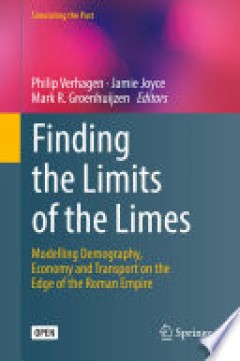
Finding the Limits of the Limes : Modelling Demography, Economy and Transport…
This open access book demonstrates the application of simulation modelling and network analysis techniques in the field of Roman studies. It summarizes and discusses the results of a 5-year research project carried out by the editors that aimed to apply spatial dynamical modelling to reconstruct and understand the socio-economic development of the Dutch part of the Roman frontier (limes) zone, …
- Edition
- -
- ISBN/ISSN
- 9783030045760
- Collation
- -
- Series Title
- -
- Call Number
- 936.4 ver
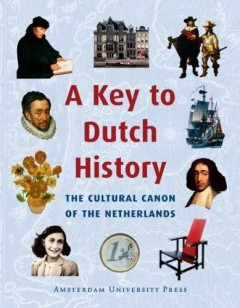
A Key to Dutch History : The Cultural Canon of the Netherlands
Many people know the stories behind the tulip mania in the 17th century and the legacy of the Dutch East India Company, but what basic knowledge of Dutch history and culture should be passed on to future generations? A Key to Dutch History and its resulting overview of historical highlights, assembled by a number of specialists in consultation with the Dutch general public, provides a thought-p…
- Edition
- -
- ISBN/ISSN
- 9789048508068
- Collation
- 228p : ill.
- Series Title
- -
- Call Number
- 949.2 SLI k
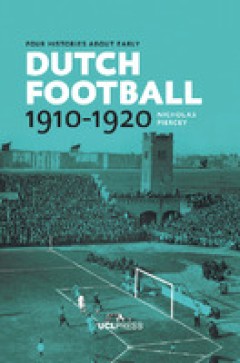
Four Histories About Early Dutch Football 1910-1920
What is the purpose of history today, and how can sporting research help us understand the world around us? In this stimulating book, Nicholas Piercey constructs four new histories of early Dutch football, exploring urban change, club members, the media, and the diaries of Cornelis Johannes Karel van Aalst, a stadium director, to propose practical examples of how history can become an important…
- Edition
- -
- ISBN/ISSN
- 9781910634790
- Collation
- -
- Series Title
- -
- Call Number
- -
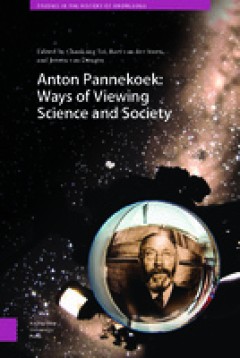
Anton Pannekoek: Ways of Viewing Science and Society
Anton Pannekoek (1873-1960), prominent astronomer and world-renowned socialist theorist, stood at the nexus of the revolutions in politics, science and the arts of the early twentieth century. His astronomy was uniquely visual and highly innovative, while his politics were radical. Anton Pannekoek: Ways of Viewing Science and Society collects essays on Pannekoek and his contemporaries at the cr…
- Edition
- -
- ISBN/ISSN
- 9789048535002
- Collation
- 323 p ; ill
- Series Title
- -
- Call Number
- 520.92 ANT
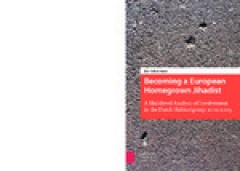
Becoming a European Homegrown Jihadist : A Multilevel Analysis of Involvement…
How and why do people become involved in European homegrown jihadism? This book addresses this question through an in-depth study of the Dutch Hofstadgroup, infamous for containing the murderer of filmmaker Theo van Gogh, who was killed in November 2004 in Amsterdam, and for plotting numerous other terrorist attacks. The Hofstadgroup offers a window into the broader phenomenon of homegrown jiha…
- Edition
- -
- ISBN/ISSN
- 9789462986930
- Collation
- 287 p.
- Series Title
- -
- Call Number
- 363.3 BEC B
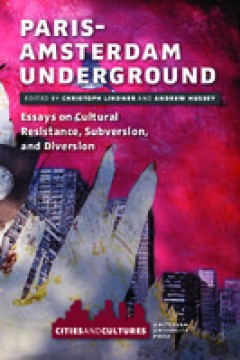
Paris-Amsterdam underground : essays on cultural resistance, subversion, and …
The postwar histories of Paris and Amsterdam have been significantly defined by the notion of the “underground” as both a material and metaphorical space. Examining the underground traffic between the two cities, this book interrogates the countercultural histories of Paris and Amsterdam in the mid to late-twentieth century. Shuttling between Paris and Amsterdam, as well as between postwar …
- Edition
- -
- ISBN/ISSN
- 9789048518203
- Collation
- 196 p. : ill.
- Series Title
- -
- Call Number
- 307.760944361 LIN p
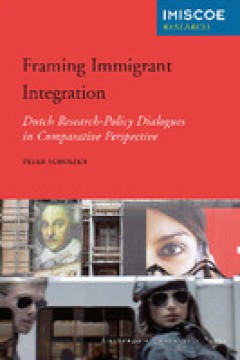
Framing immigrant integration : Dutch research-policy dialogues in comparativ…
Debates on immigrant integration are often caught up in what academics and politicians like to call 'national models of integration'. Researchers and policymakers long for common ground. In the Netherlands, their symbiosis is fed by multiculturalism, something for which Dutch society has long been seen as exemplary. Still, the incorporation of migrants remains one of the country's most pressing…
- Edition
- -
- ISBN/ISSN
- 9789048513604
- Collation
- 320 p.
- Series Title
- -
- Call Number
- 325.492 SCH f
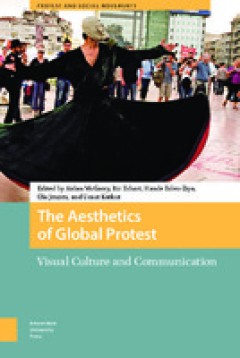
The aesthetics of global protest : visual culture and communication
Protestors across the world use aesthetics in order to communicate their ideas and ensure their voices are heard. This book looks at protest aesthetics, which we consider to be the visual and performative elements of protest, such as images, symbols, graffiti, art, as well as the choreography of protest actions in public spaces. Through the use of social media, protestors have been able to crea…
- Edition
- -
- ISBN/ISSN
- 9789048544509
- Collation
- 297 p.
- Series Title
- Protest and Social Movements
- Call Number
- 303.484 AES a
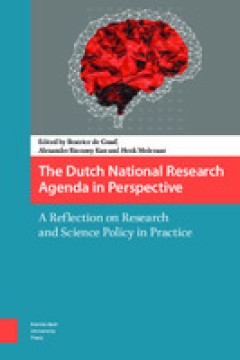
Dutch National Research Agenda in perspective: a reflection on research and s…
edited by Beatrice de Graaf, Alexander Rinnooy Kan and Henk Molenaar.
- Edition
- -
- ISBN/ISSN
- 9789048532827
- Collation
- 240p. : ill. ; 24 cm.
- Series Title
- -
- Call Number
- 507.20492 DUT d
 Computer Science, Information & General Works
Computer Science, Information & General Works  Philosophy & Psychology
Philosophy & Psychology  Religion
Religion  Social Sciences
Social Sciences  Language
Language  Pure Science
Pure Science  Applied Sciences
Applied Sciences  Art & Recreation
Art & Recreation  Literature
Literature  History & Geography
History & Geography